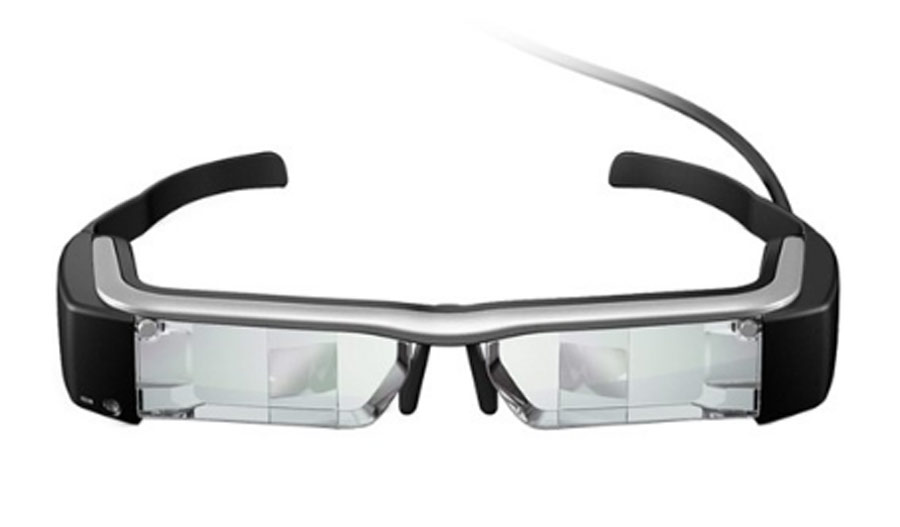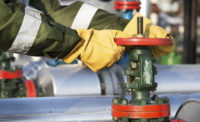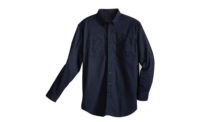Google Glass – and other virtual reality “wearables” are finding their place at work even if they didn’t initially succeed with consumers. A couple current uses of these virtual or “augmented” reality technologies include:
- Lockheed Martin using Microsoft’s $3,500 HoloLens (see video) to build spacecraft. A technician wearing special goggles uses images on the lenses to determine the right locations to install hundreds of fasteners on a curved panel. The lens image adjusts as the technician moves. The result is a two-day job completed in 2.5 hours.
- Shell deploying thousands of $2,000 Realwear devices in its worldwide operations. The intrinsically-safe devices have a small screen that swivels in front of one eye, creating a 7-inch image. Shell is using the devices initially for remote assistance. A worker performing equipment maintenance, for example, can look at the project while having a video call with an expert. The expert, meanwhile, can essentially see through the eyes of the worker and offer assistance as if she was standing right there, including “drawing” on the worker’s screen.
Other potential implications for safety of VR devices:
- Workers performing an installation or maintenance job could instantly view job safety analyses, schematics, safety warnings, or even instructional videos or 3D simulations for completing the job safely.
- Workers could display checklists in their field of view to be sure that they follow each precautionary step as they go.
- Smart glasses could identify hazards at the site and display a warning and even corrective instructions. The system could also sound an audio alert or even vibrate haptic gloves when someone is about to touch something dangerous.
- The system could alert safety auditors to potential OSHA violations.
- Glasses could warn an employee who’s about to pick up a tool or perform a task before he’s been trained to do it.
- Supervisors could log in to see what each worker sees and quickly ensure that the job is being done safely.
Setting aside privacy and security concerns, these tools will present safety challenges, too. More devices and more data can mean more distractions. Multi-tasking with a screen in front of you while you work with your hands will require careful user interface design to limit distractions and lots of training and supervision to be sure the devices (and employees) work as predicted when deployed into the field.
Companies considering these devices would be wise to review and update their safety policies and training, as well as roll out a careful pilot program before widespread adoption. It’s also worth considering where all the data goes – who keeps it and how/how long it’s stored – because one day that data could come back to haunt you (think of it as potential evidence in case of an employee lawsuit or an OSHA citation).
Source: jdsupra.com






